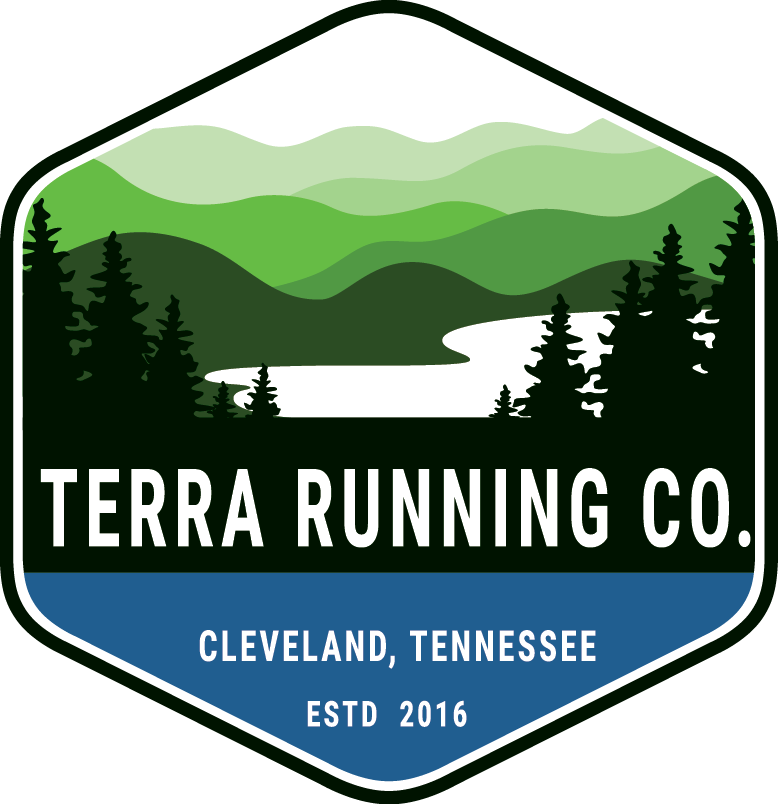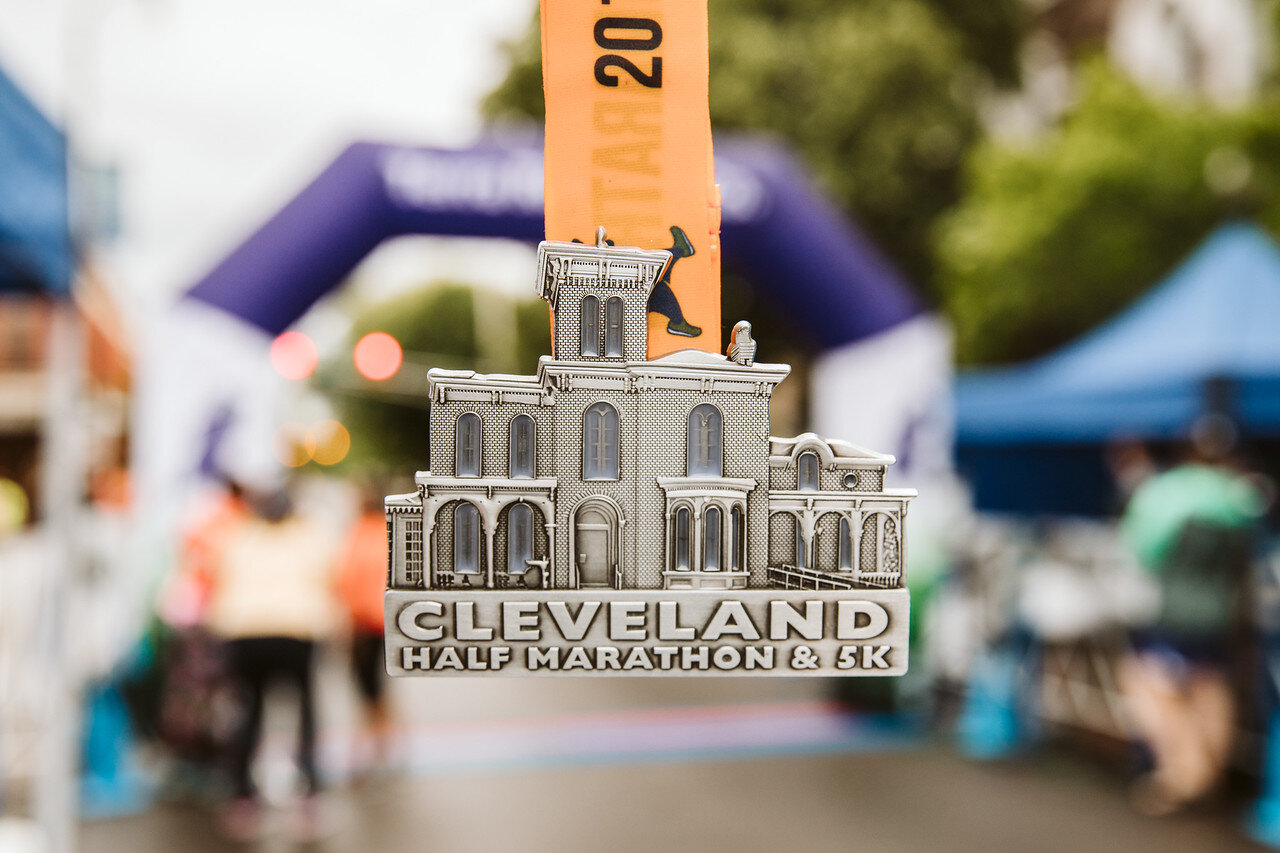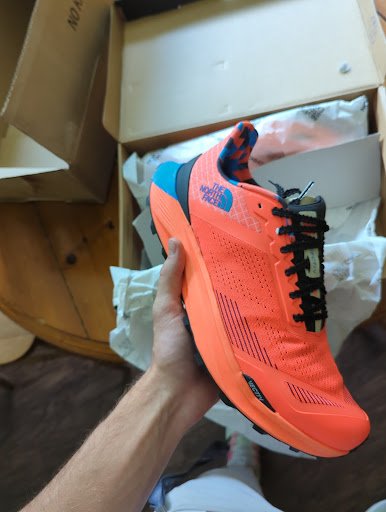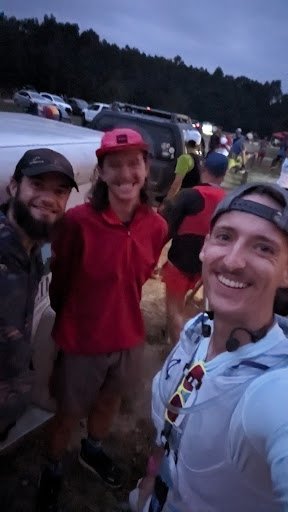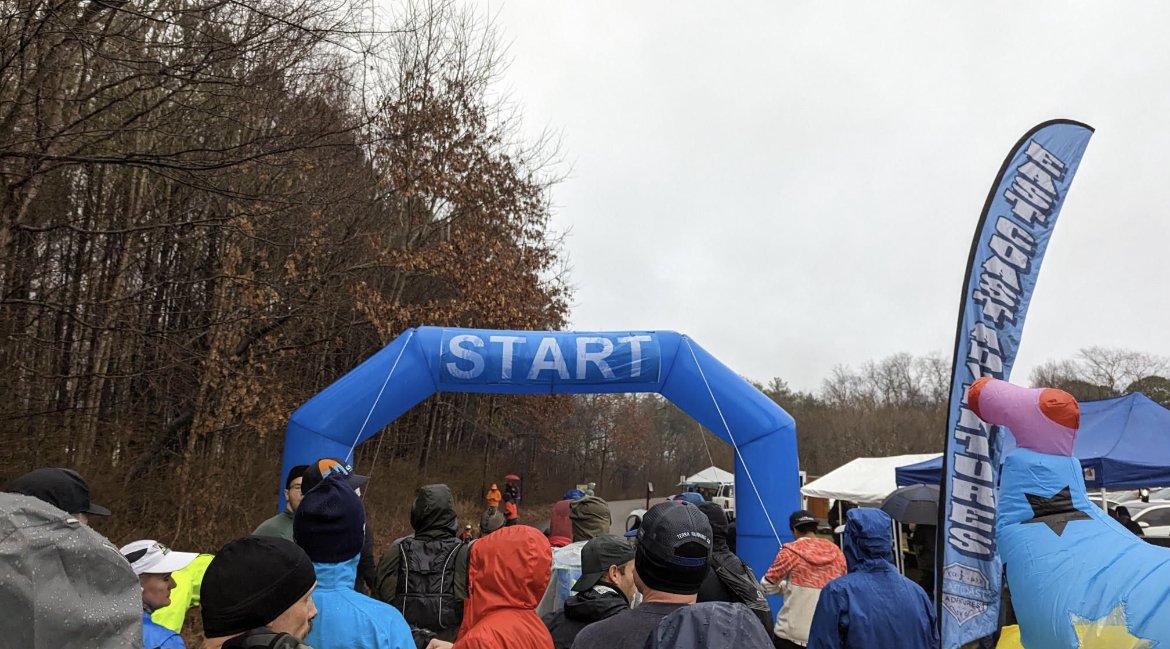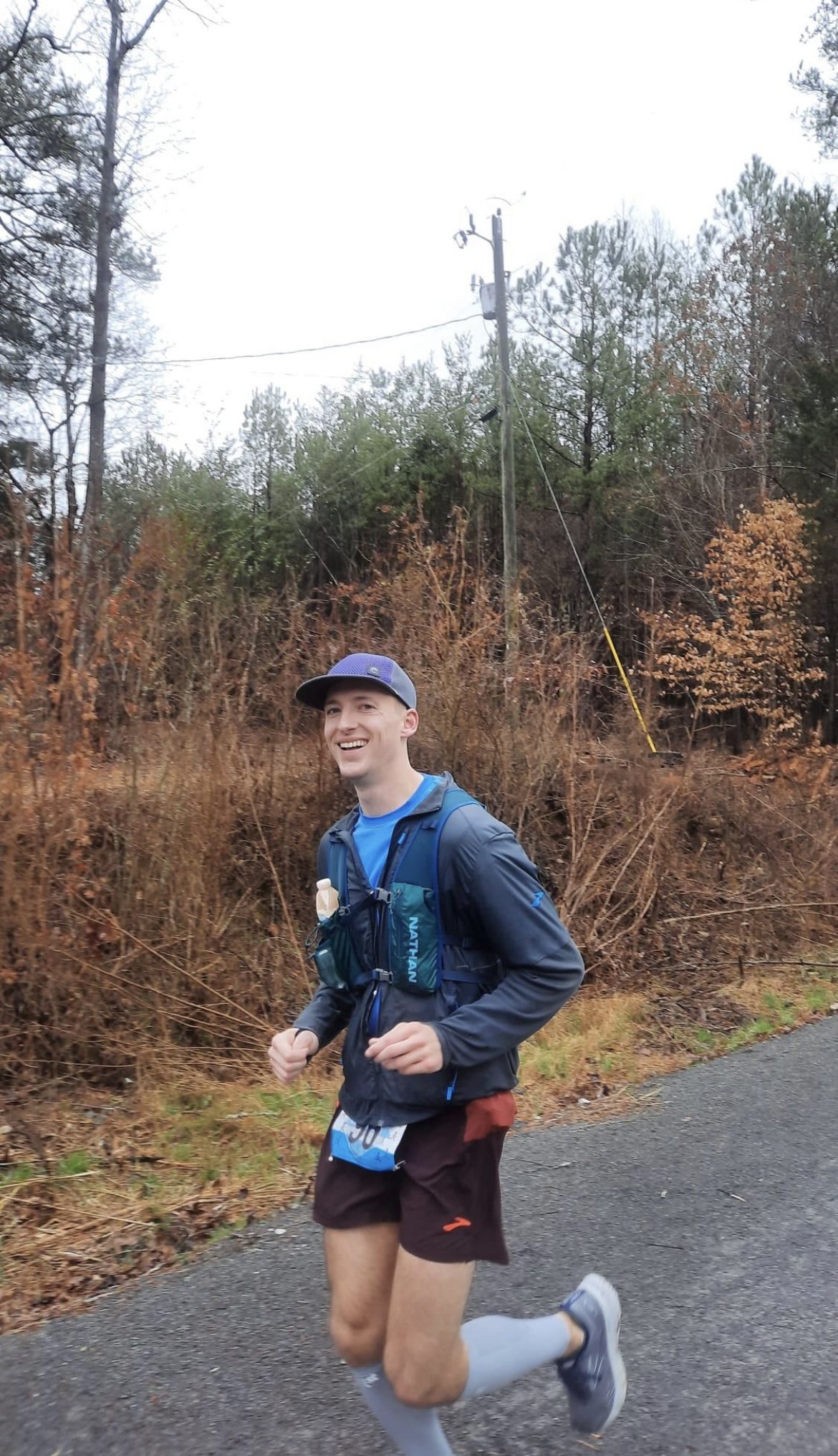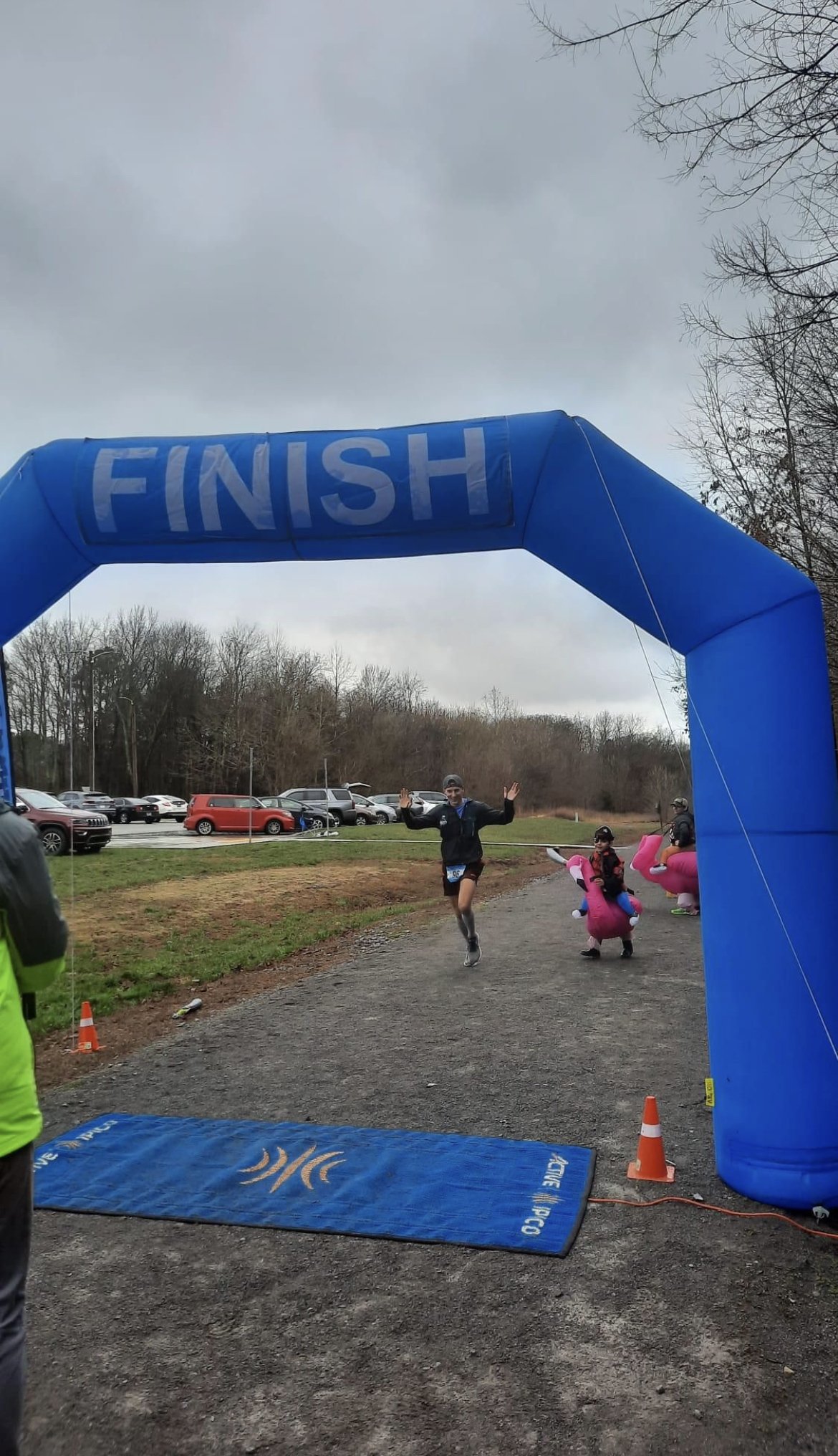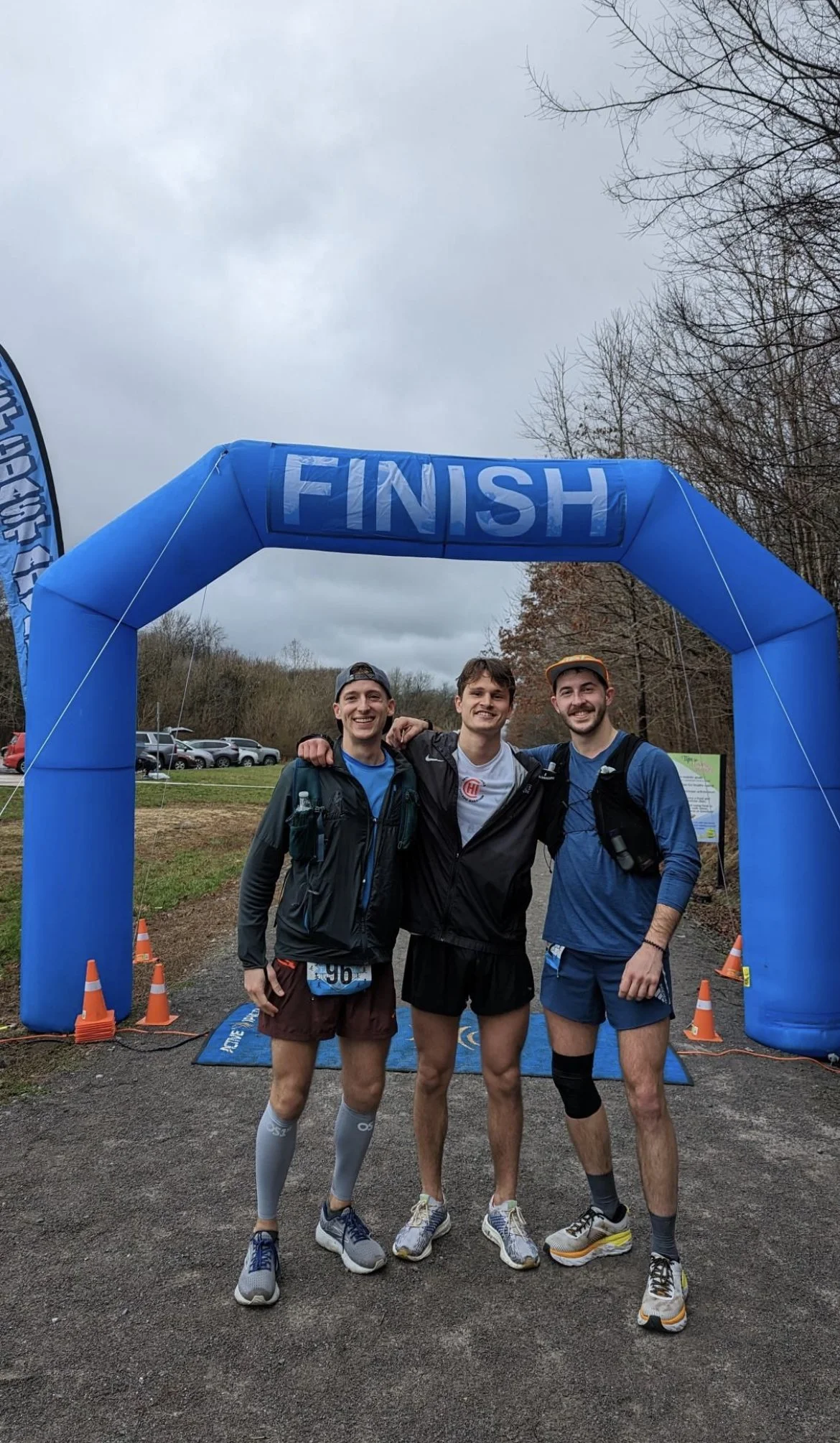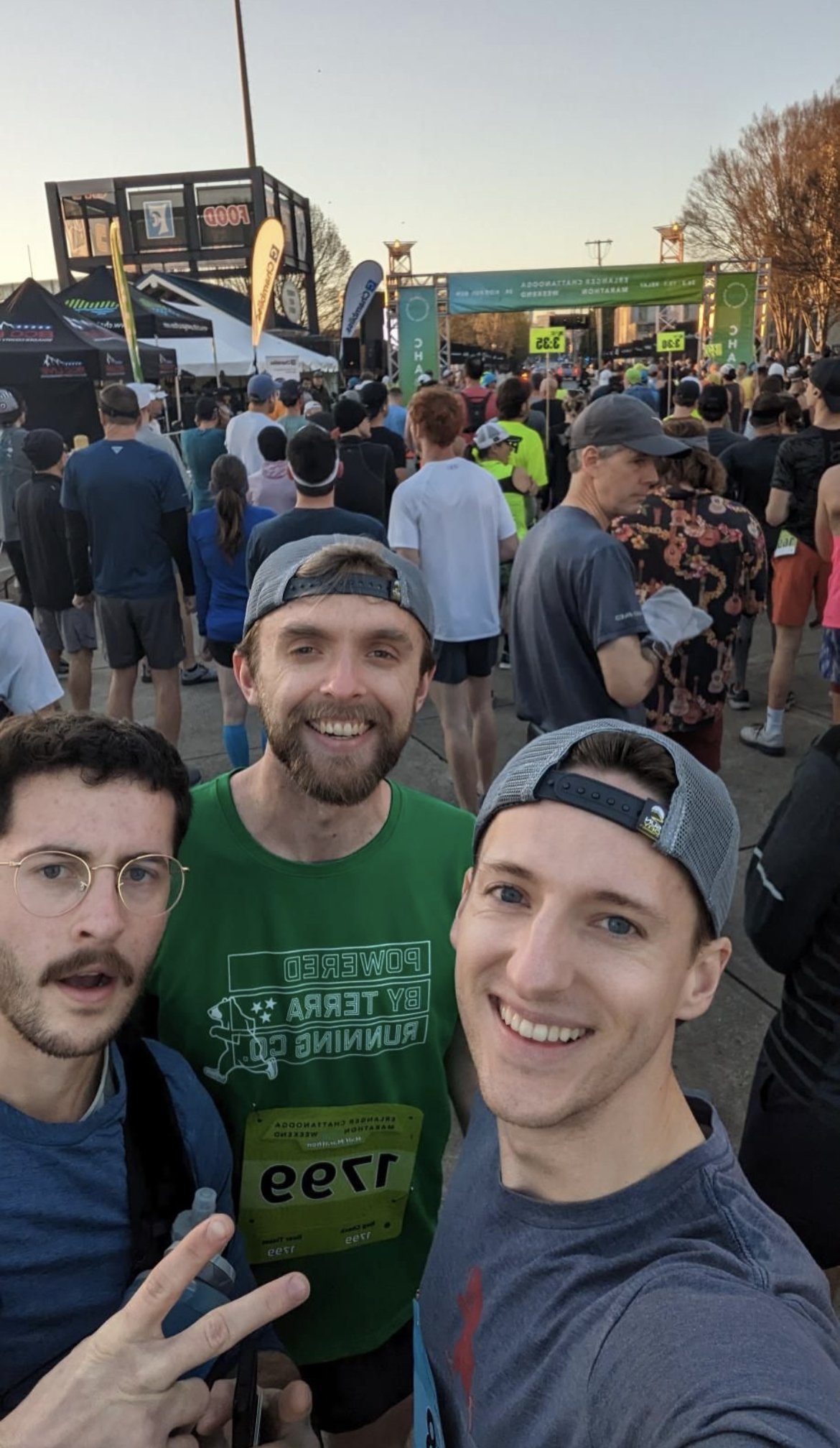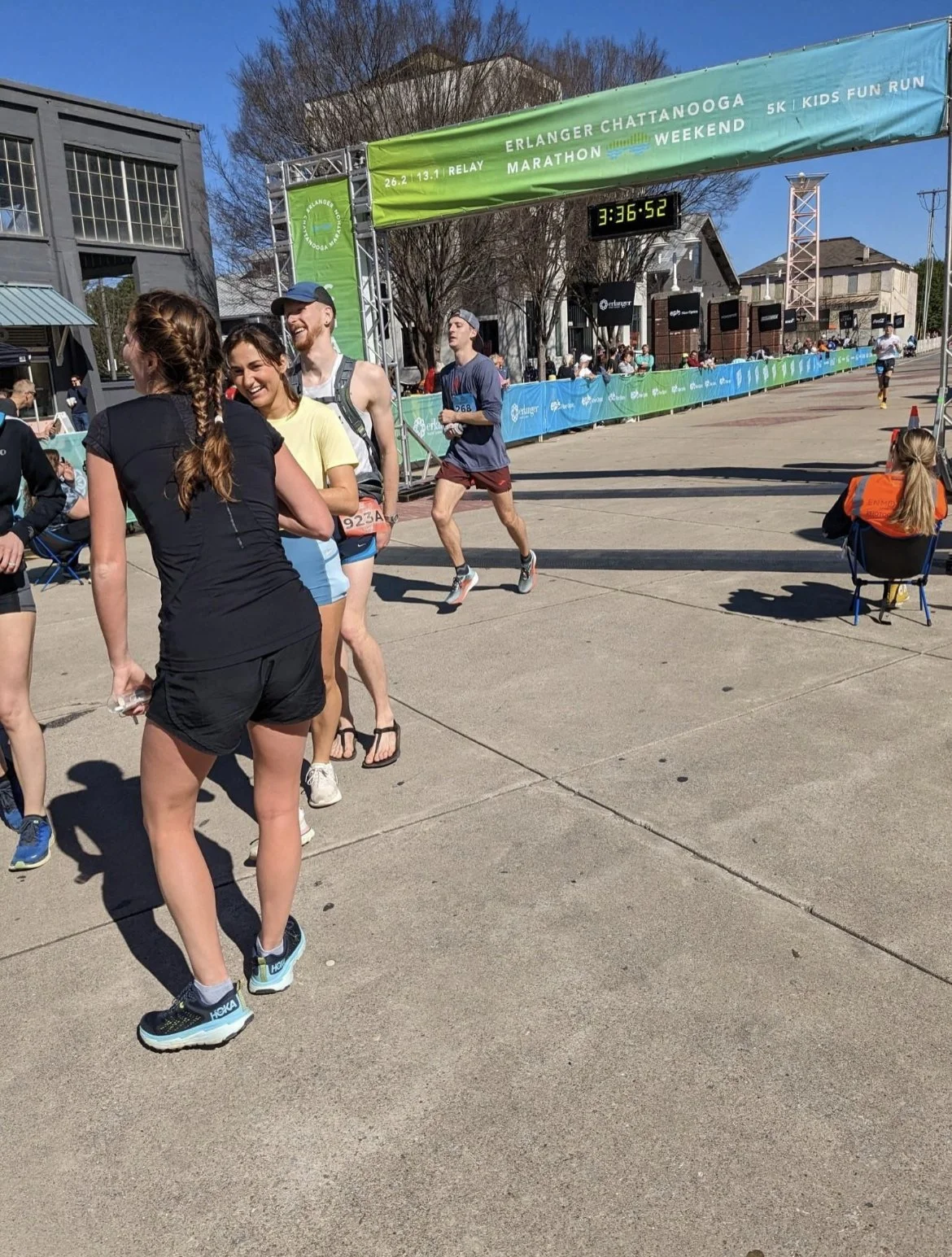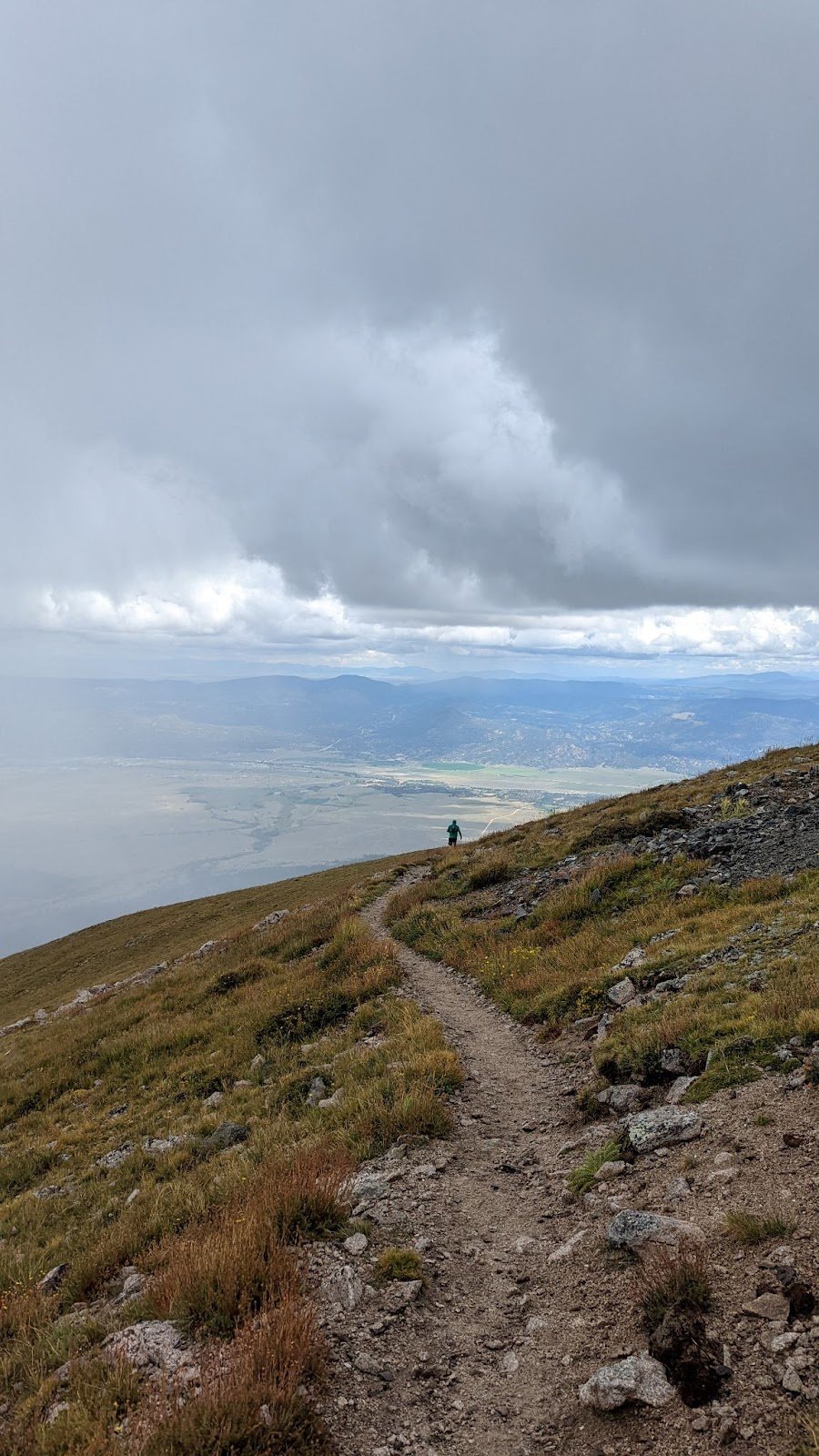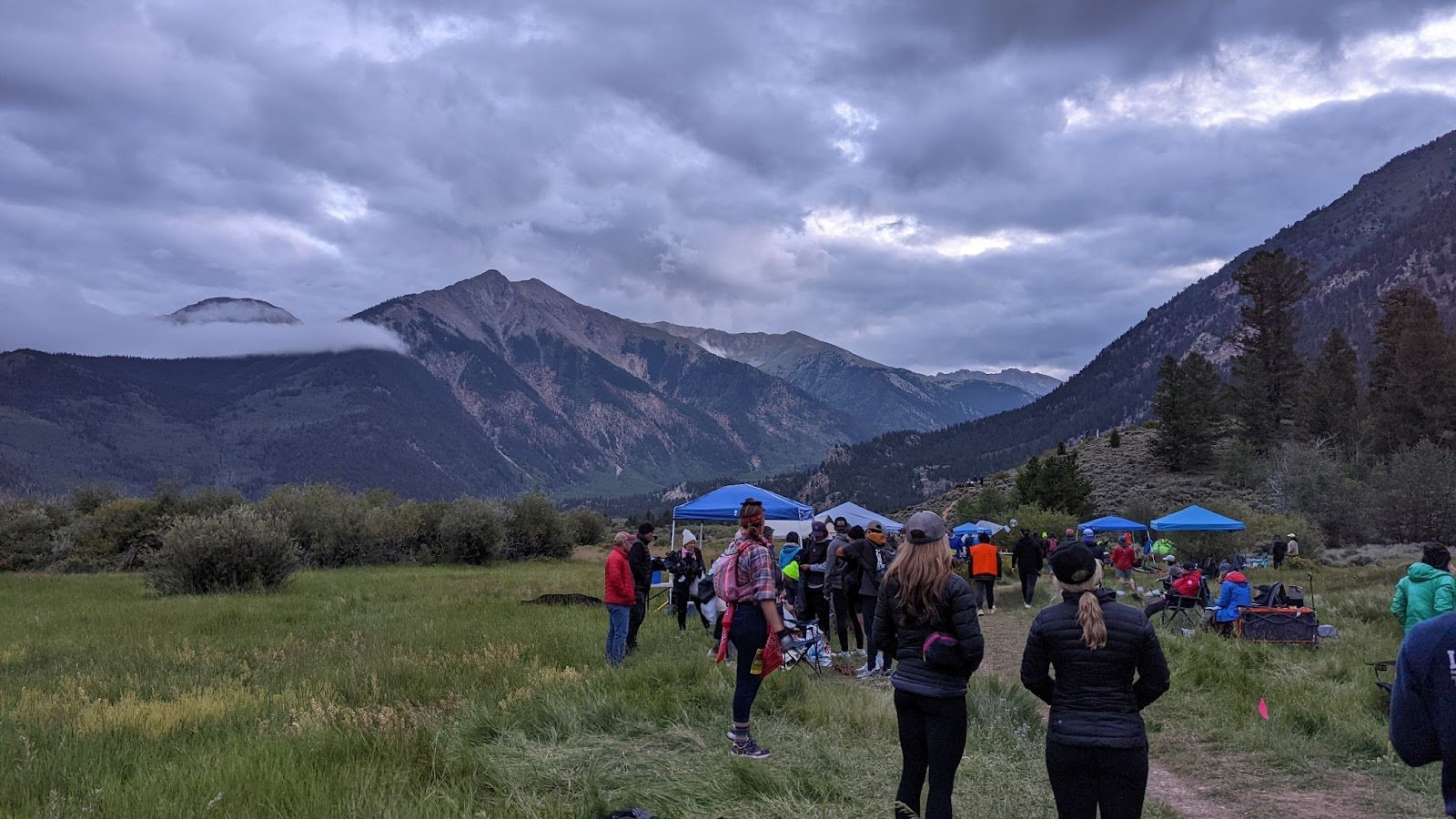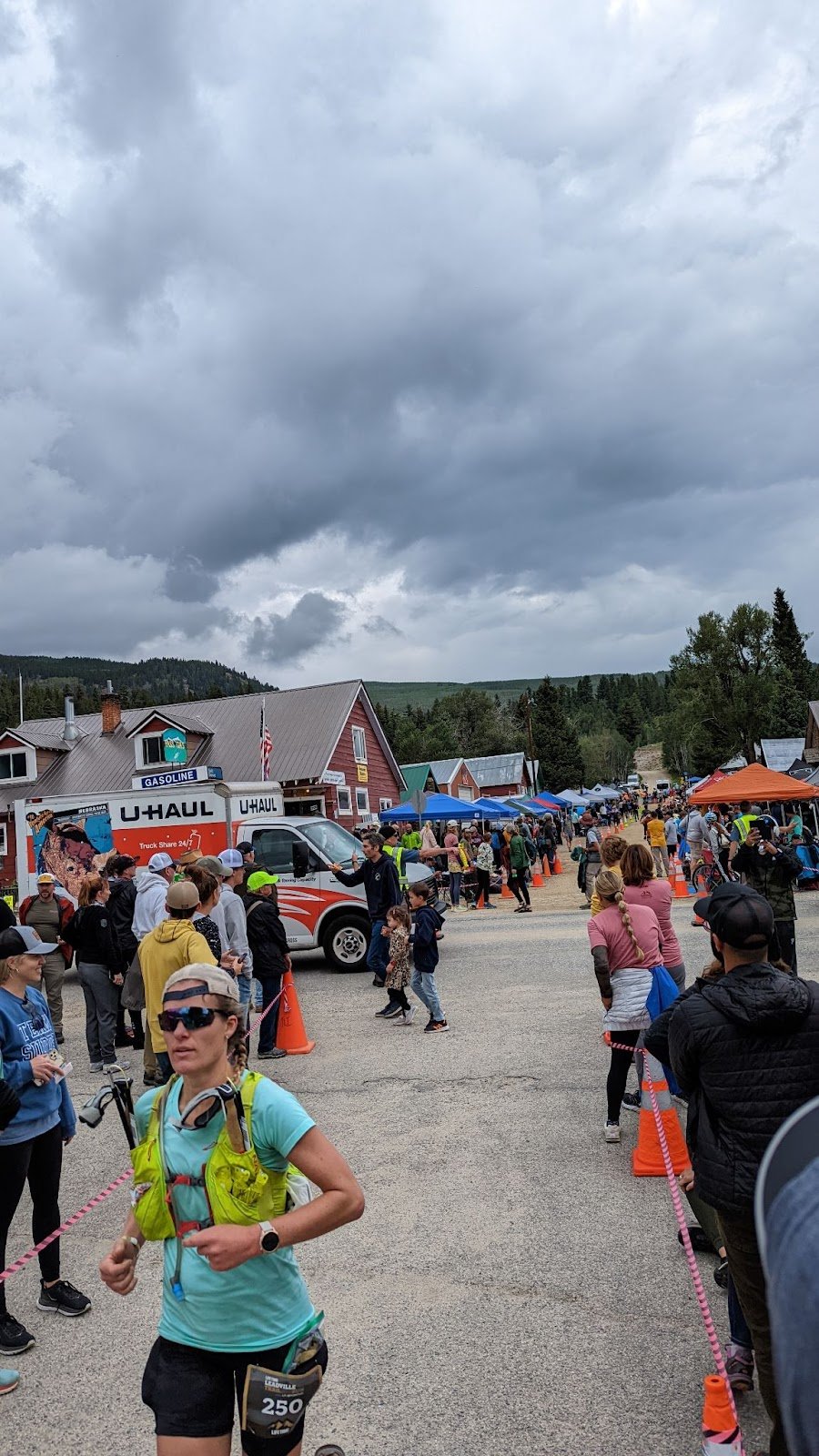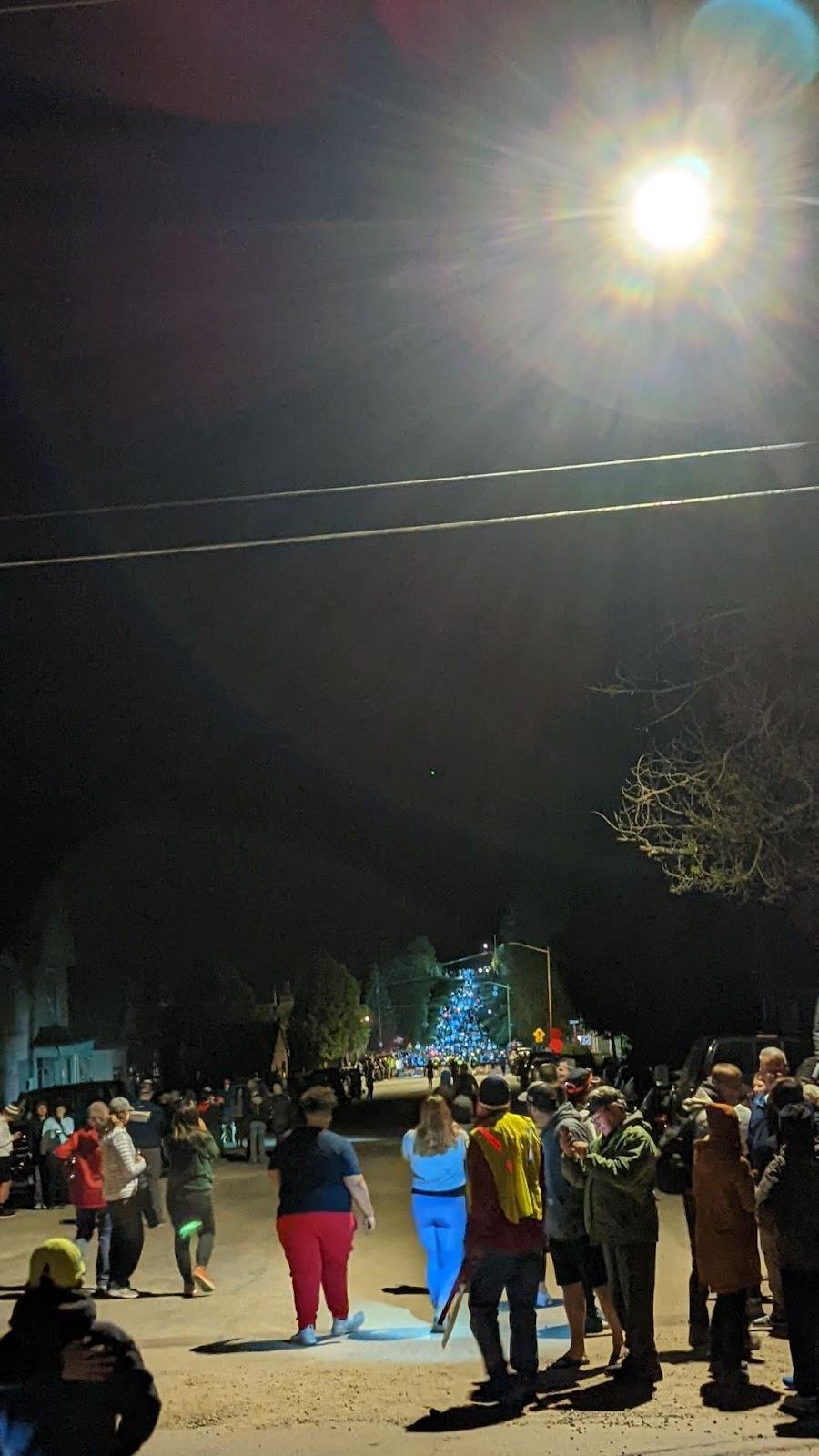This was so much fun! I went beyond my expectations (which were low). I anticipated walking more and feeling like I needed to stop. Thankfully I never felt this way. Initially, my legs started to hurt, which turned into only hip pain by mile 17. My stomach started to hurt badly to where I thought I might throw up or explode backside. After I took a little break with my crew at mile 30, however, I felt rejuvenated and even energized. I decided to not change shoes at that pit stop and instead only changed socks. I ate a bowl of warm ramen. This bowl of ramen tasted like heaven. I had no cramps or splints, likely because I managed to continually consume 200 calories per hour with a lot of water, and because the uneven terrain of the course reduced repetitive pounding on my joints. I was also extremely happy with my trail shoes, the North Face Vectiv Infinite. These were soft, protective, and even a little bouncy, giving me some speed. I placed 10th overall and 1st in males aged 20-29.
If I could change anything, I would have trained farther out and attempted to get more base mileage under my belt. I only had 45 mile weeks during training and my longest run was 15 miles. I also would have reduced the amount of time I spent at aid stations. I probably spent around 20 minutes at the 30-mile aid station, which ended up costing me the difference between 5th place and 10th. I did poop twice, which I do think was very necessary. Thirdly, my phone completely broke during the race, so I should have brought a waterproof bag for it.
Furthermore, this course was very grueling; the first thirteen miles teased me with an easy trail but later on there were some intense climbs and declines. There was a rock garden that was almost unrunnable, as well as a section with uneven stair steps. It rained most of the race, and I was constantly worried about losing the trail as there were many forks in the trail and side routes. The last quarter mile presented two incredibly steep hills which felt like an additional three miles.
This was my first 50 miler and I definitely hope to run more. I would like to attempt the Istria 100km in April for my next big race.
A huge thanks to all of my support, especially Andrew, Jared, Kyle, and Jon.
